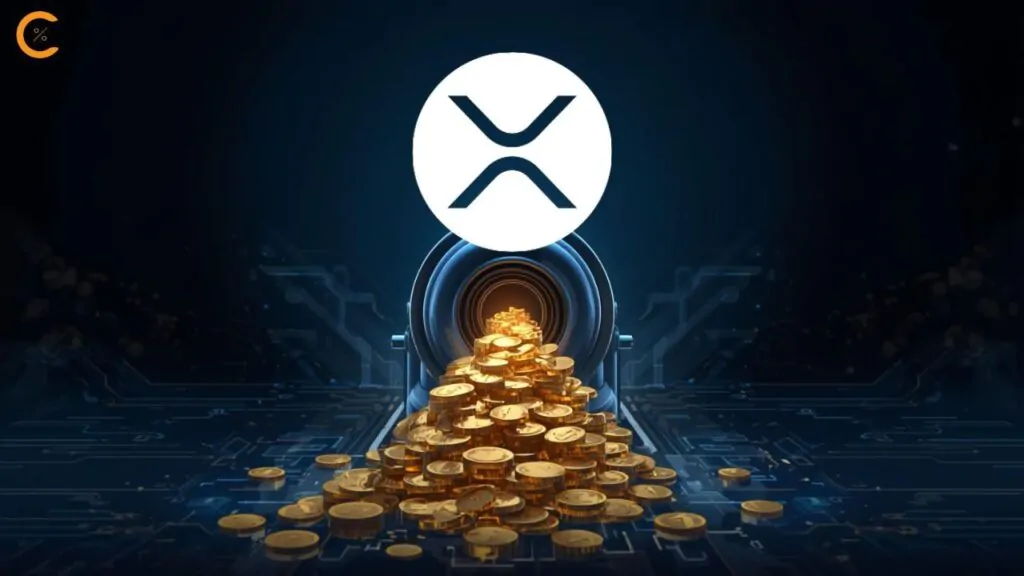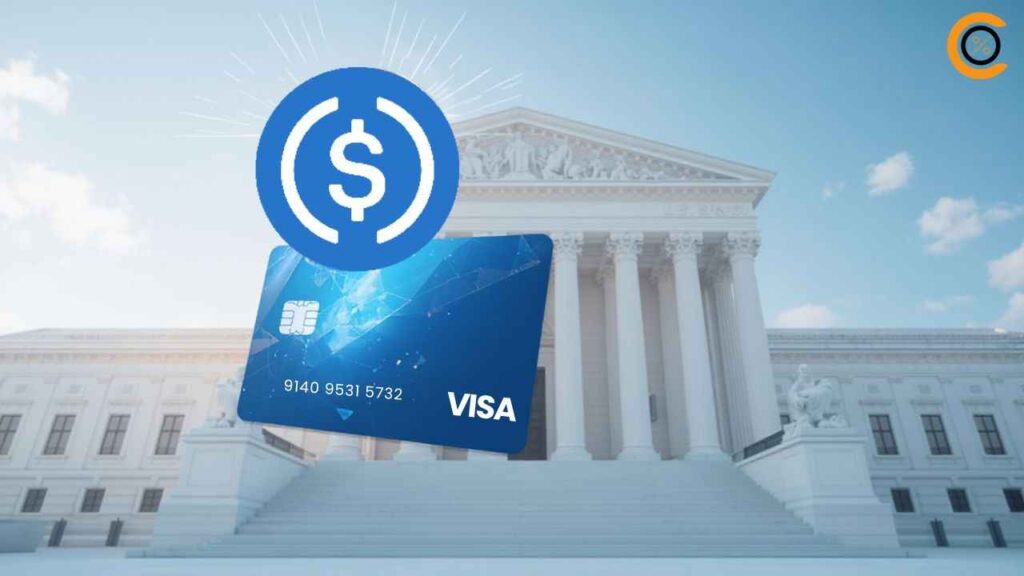- •Toyota, BYD, and Yamaha now accept USDT payments in Bolivia, confirmed by Tether CEO Paolo Ardoino, signaling growing real-world stablecoin use.
- •Bolivia’s passenger car market is worth $532.9M, with SUVs contributing $327.7M, making USDT adoption a meaningful step for high-value purchases.
- •Crypto transactions in Bolivia surged 630% in 2025, following the government’s decision to lift its crypto ban and officially recognize virtual assets.
Stablecoins have seen a major surge lately. It’s not just institutional interest driving the growth, we all saw the hype around USDH, Hyperliquid’s stablecoin, but this isn’t just another bubble. In many developing countries, stablecoins are becoming a way for people to protect themselves against inflation and weakening local currencies. Bolivia is a prime example. After the government removed its crypto ban last year, we’ve seen an impressive rise in interest, and now major automakers are stepping in to accept USDT payments.
Bolivia’s Rapid Shift Toward Stablecoin Payments
The announcement came directly from Tether CEO Paolo Ardoino, who confirmed on X (formerly Twitter) that Toyota, BYD, and Yamaha dealerships in Bolivia are now accepting USDT as a payment method. Ardoino described USDT as the “digital dollar” serving hundreds of millions in emerging markets, and Bolivia seems to be embracing that role quickly.
This development follows Bolivia’s policy shift on June 25, 2024, when the Central Bank officially recognized “virtual assets” and allowed financial institutions to channel transactions to crypto exchanges. According to the bank’s data, crypto transactions in the country reached $294 million in the first half of 2025, a 630% jump compared to the same period in 2024.
How the Payment System Works
The rollout is being handled by Toyosa, the exclusive dealer for Toyota, Yamaha, and BYD in Bolivia. Customers will be able to pay for vehicles and motorbikes using Tether’s USDT via a QR code system. This process is supported by Towerbank for transaction processing and Bitgo for institutional custody, ensuring security and compliance.
According to Toyosa’s spokesperson, Edwin Saavedra, the goal is to make vehicle purchases simpler while offering financial flexibility to customers who may not have access to cash. Saavedra called this “a new way of doing business” and emphasized that it marks a major step in aligning with global financial innovation trends.
Also read: Google Unveils AI Payments Protocol with Stablecoin Support
Economic Context Driving the Move
Bolivia’s renewed focus on crypto adoption is not happening in isolation. In March 2025, President Luis Arce’s cabinet allowed state-owned YPFB to conduct crude oil import transactions using either USD or cryptocurrency, signaling that crypto is playing a growing role in national-level economic decisions.
Bolivia’s car market provides even more context for this move. The passenger car market is valued at $532.9 million, with SUVs alone contributing $327.7 million in 2024 (Statista). Allowing USDT payments opens a significant slice of this market to crypto, enabling high-value vehicle purchases to be settled digitally in a stable currency.
This momentum has been reinforced by a memorandum of understanding signed between Bolivia’s Central Bank and El Salvador’s National Commission of Digital Assets to advance crypto development.
The Bigger Picture: Latin America’s Stablecoin Growth
Bolivia’s adoption fits into a wider regional trend. Countries across Latin America are turning to stablecoins as a hedge against inflation and local currency depreciation. Argentina, with inflation rates above 100%, has been one of the most aggressive adopters, while Brazil and Mexico have built strong regulatory frameworks that make crypto transactions easier.
Regional studies, such as the Chainalysis Global Crypto Adoption Index, confirm this shift, showing Latin America’s crypto adoption rate climbing from 53% in 2024 to 63% in 2025. With Bolivia now joining this wave, the region is quickly becoming one of the most active crypto markets in the world.
Related read: Tether Unveils USAT Stablecoin, Taps Bo Hines as CEO of US Arm
What This Means for the Market
While this is a significant milestone, it is still early days for automotive USDT payments in Bolivia. Ardoino’s announcement confirms merchant adoption, but dealerships have not yet released detailed integration timelines or transaction volumes. Analysts are watching to see whether this move sparks higher demand for USDT in the region and drives more liquidity into crypto markets.
Looking Ahead
Toyota, BYD, and Yamaha accepting USDT payments in Bolivia is a big signal of where things are headed. It shows that stablecoins are no longer just a tool for traders but are becoming part of daily commerce, especially in countries dealing with currency challenges. If adoption continues at this pace, Bolivia could become one of Latin America’s leading markets for real-world crypto payments, proving that the digital dollar idea is more than just hype.
- CryptoNews – Toyota, BYD, and Yamaha Now Accept USDT Payments in Bolivia – (Sep 21, 2025)
- BloomingBit – Toyota·Yamaha·BYD Allow Vehicle Tether Payments in Bolivia – (Sep 21, 2025)
- Bitcoin.com – Toyota and Yamaha Pioneer USDT Payments in Bolivia and Latam – (Sep 21, 2025)
- Blockchain.News – Toyota, BYD, Yamaha in Bolivia Reportedly Accept USDT Payments – (Sep 21, 2025)
- Statista – Passenger Cars and SUV Market Value in Bolivia – (2024)







